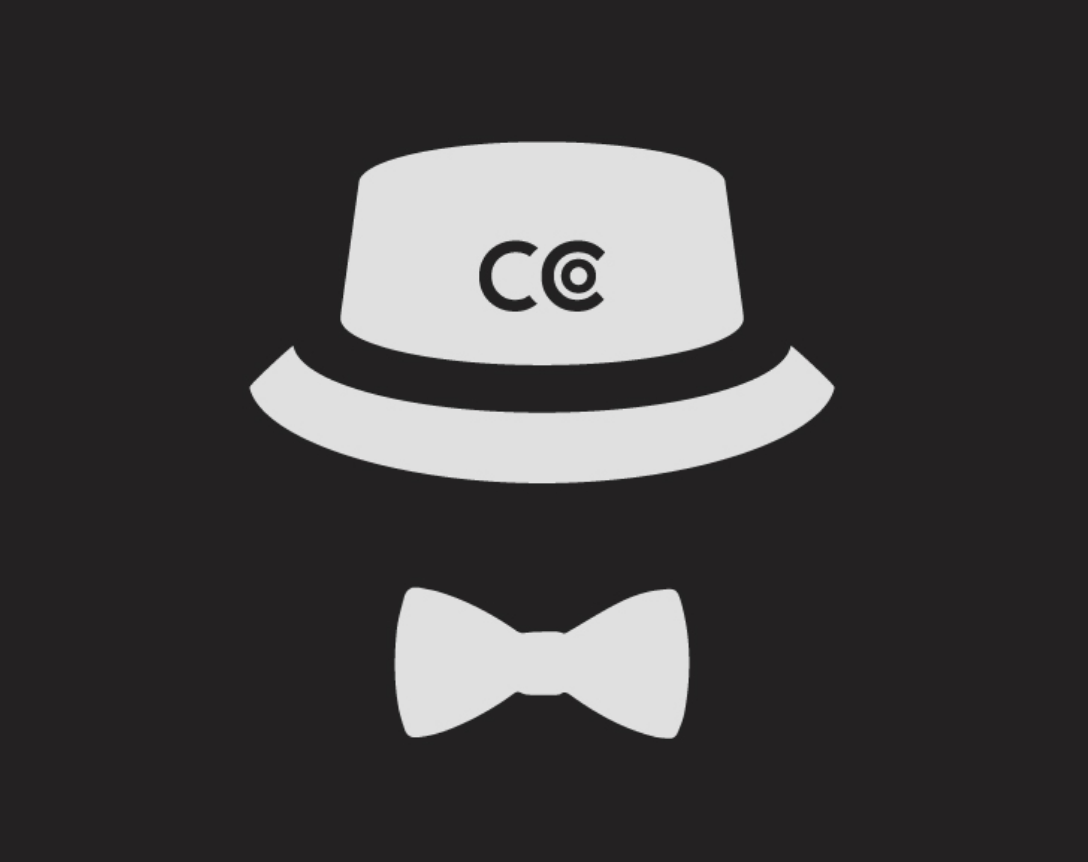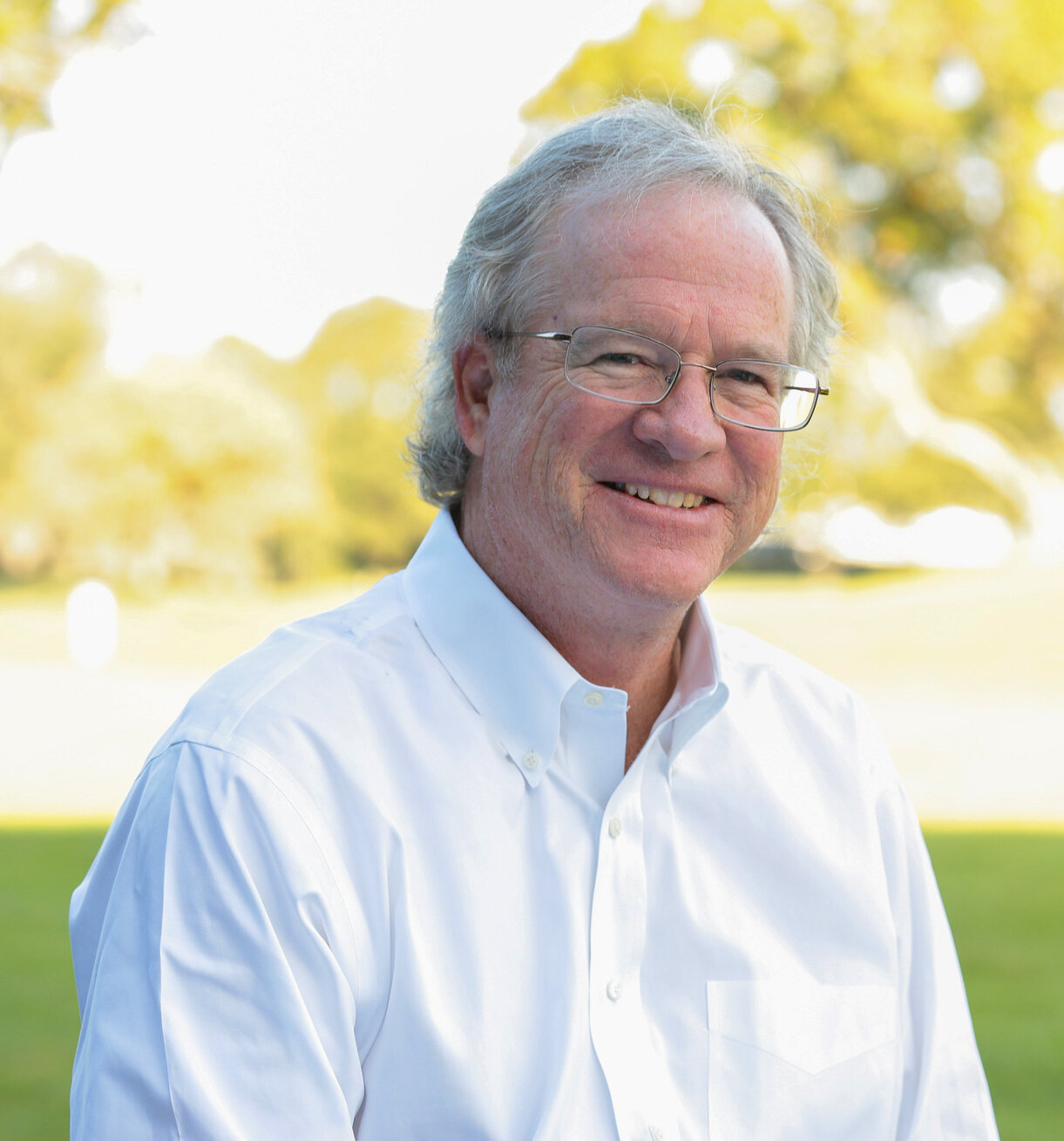Official Caddying Story: Jim Nugent
Jim Nugent is the founder and publisher of Global Golf Post. Prior to that, he was the publisher of Golfweek and also worked with the PGA Tour. He has given back to the game of golf in a variety of ways, including serving as a long-time board member and president of the American Junior Golf Association (AJGA). Nugent has also served on the boards of the Annika Foundation and the Amateur Golf Alliance, in addition to partaking in the USGA’s Amateur Ambassador Program.
At which golf course did you first caddy and how old were you when you started?
I started caddying at Sunset Ridge Country Club in Northfield, Illinois when I was 12 years old. Those were formative years for me. You saw adults behave properly, professionally, and religiously. Meanwhile, you also saw adults behave in some of the worst ways you could imagine, drinking, gambling, and womanizing. From a young age, you learned right from wrong.
Why were you compelled to become a caddy?
Very early on, my parents made it clear that I was expected to go to college. A good college at that and I was also expected to help pay for it. But at that age, there weren’t many jobs that you could do. You couldn’t be a waiter or tend bar, so caddying was one of the few viable options.
Sunset Ridge was a 15-minute bike ride away and had a good caddy program. I got started there in the summer when I was 12, even though the age cutoff was actually 13 years old. Fortunately, I was tall for my age, and they didn’t ask for a birth certificate. I didn’t really like it in the beginning and certainly didn’t know what I was doing as a caddy, but I came to love it. I caddied for a decade, all through high school and college.
I was fortunate to attend Georgetown University, and caddying help pay for it. We’d get out a little earlier than schools in the Chicago area. So I’d show up at Sunset Ridge around May 10th with at least 15 pounds of beer on me. I’d get out twice a day, quickly losing those 15 pounds and getting back into shape. Caddying was transformative in my life, both literally and figuratively.
Take us through your first day on the job, who was your first loop?
Well, my first loop was a guy named Gene. I’d better not use his full name since his family could hear this. He was a short guy and also very short off of the tee. When he’d hit a shot, he’d immediately shout out a few expletives. I quickly learned all of the words that you couldn’t say in polite company. That’s just how that guy rolled. The rest of his regular, Saturday group just tolerated it. He was kind of the sideshow, the amusement act in their foursome.
The caddy yard was gruff and rather intimidating at first, especially for a 12-year old. It was mostly high school and college kids. They didn’t treat the younger kids poorly but basically didn’t pay any attention to them at all. If you kept showing up, you started to blend in. Over time, you’d get out on loops with the older kids. They’d teach you, mentor you, point out your mistakes, and tell you how to improve. I really looked up to the college kids. I tried to pay that forward as I got older, taking the younger kids out with me and teaching them the ropes.
What was the biggest mistake that you made during your caddying career?
Oh, I made them all. I’d stand in guys’ lines when they were putting or accidentally rattle the clubs. I wouldn’t pay attention to where the golf ball went. I was probably most notorious for this with the ladies. They didn’t hit it all that far. So a lady would hit and then ask where the ball went. I’d just say, “It’s up there.” Then, I’d make sure to hustle ahead and find the ball before she did. I’m sure that I made every possible mistake and made it twice but not thrice. Otherwise, I would have been sent “down the road” as they say.
What did you most enjoy about caddying?
I most enjoyed the camaraderie. Caddying was fun. You were outside, and the money was good. You were also learning proper and improper ways to conduct yourself. But ultimately, it was about hanging out with my friends, the other caddies. We had the same work schedules, so we spent a lot of time together. Whether it was playing cards or horsing around during down time in the caddy yard, going to bars at night, playing golf on Mondays, or attending a ball game together, it was a way of life for us.
Both of my younger brothers also caddied, and years later, we’d sit around with our dad regaling him with caddy stories. We would have gotten into trouble if he’d heard about them when they actually occurred, but later on, he was splitting his gut laughing at the things that we saw and did.
And the caddy brotherhood continues to this day. I now play my golf at North Shore Country Club in Glenview. While attending a dinner, I happened to be seated next to a guy who was not only a fellow alum of Georgetown but also grew up caddying over at Bob O’Link Golf Club in Highland Park. We swapped caddying stories, which included his caddying for Arnold Palmer a couple of times. We’ve gone on to become the closest of friends and regular golf partners at North Shore.
Tell us about some of the people for whom you caddied, did any of them contribute to your career in a meaningful way?
Going into college, I thought that I wanted to become a journalist. But when I arrived on campus, I soon realized that I really couldn’t write very well, at least compared to others taking English courses. Talking it over with one of my regular loops during the summer, he told me, “You’re a sales guy. Go get a sales job.” So I went to work in media but on the business side. I worked for a couple of prominent media companies before moving over to a broadcast company in the midst of a leveraged buyout; those were the wild LBO days.
Then, I was given an opportunity to work at Golfweek Magazine, which was kind of just getting started. It had been purchased by a guy from Chicago who had a family media business. At the time, Golfweek was a small, regional publication, and we shared a vision to turn it into a distinguished national weekly magazine in print. It was a great ride, and I worked as the publisher of Golfweek from the 90s until the mid-2000s.
Around that time, it turned out that Al Gore invented the internet, which supposedly spelled doom for printed magazines. I was recruited away by a licensee called PGA Tour Partners to work on its magazine. The editorial was good, but the rest of the business was lacking. It was at this time that I had the idea for Global Golf Post, to replicate our success at Golfweek but without paper, postage, or ink. I wrote the business plan in 2008, raised some money for it in 2009, and started it in 2010. We’re very proud of what we’ve accomplished, essentially going from the pirates of the golf media landscape to a respected and admired part of the fabric of golf journalism. For that, I give all of the credit to the writers who have bought into my vision and provided its heart and soul.
None of that would have happened without the advice that I received caddying. His counsel changed the direction of my life. That gentleman worked as the Chiquita Banana distributor for the greater Chicago area, and if you were one of the senior caddies in his good stead, you were given a yellow Chiquita Banana hat. I actually still have one and wear it sometimes, thinking fondly of my days at Sunset Ridge.
What was the biggest lesson that you learned from caddying that helped you succeed as you progressed in life?
Working as a caddy, I became determined not to be a jerk. You saw everything on the job, and many people were absolute jerks to the caddies or to the staff. I decided that life is too short to treat people poorly. So for me, it wasn’t as much learning what I wanted to be but rather what I didn’t want to become. That was the biggest lesson, and it has served me well.
Perhaps one story that really epitomizes that is also one of the great highlights of my youth. I got to caddy for a professional golfer by the name of Charles Coody in the 1972 Western Open, who had won the Masters Tournament in 1971. Back then, the tournament didn’t have a home track, instead rotating around to a different golf course each year. And because it benefitted the Evans Scholars caddie program, the pros couldn’t bring their own caddies. They had to use local caddies. I was 15 maybe 16 years old at the time and had established myself as a decent caddy. The tournament had an alleged blind draw to determine who caddied for whom, but in reality, it was completely rigged.
I got to caddy for Coody for six rounds that week, including the practice round and the pro-am. I still remember the big orange Powerbilt golf bag that he had and the Amana golf cap that he wore. He made the cut and finished in the middle of the back, earning around $4,000. Not a single time during the tournament did he ask me to read a putt or even what the wind was doing, and I was perfectly content with that! But he gave me $150, which was more money than I’d ever seen in my entire life. He treated me with such kindness and respect. I remember almost every step that I took that week. He was the perfect gentleman.
If you could nominate one former caddy who went on to enjoy success, whose Official Caddying Story would you like to hear?
There are two, and they both have ties to Sunset Ridge. The first is Dave Spencer who grew up caddying there and went on to become the head golf pro at Augusta National Golf Club. The second is Peter Ueberroth. He’s done so much in his career, probably best known for putting on the 1984 Olympics in Los Angeles and being the MLB Commissioner. He is also part of the ownership group of Pebble Beach Company. I don’t believe he caddied at Sunset Ridge for very long, but we actually worked for the same caddymaster. When the Western Golf Association inducted him into its Caddie Hall of Fame in 2018, the ceremony took place at Sunset Ridge, and Ueberroth came back for it.

